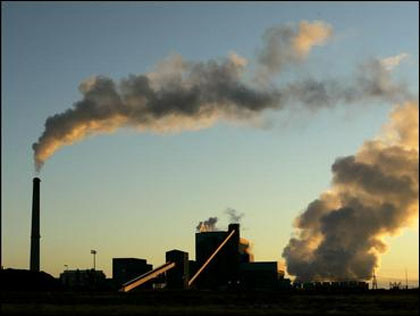Atmospheric fine particle mass mostly originates from emissions from motor vehicles, wildfires and other combustion processes. When emissions are exposed to oxidants and sunlight, they evolve chemically and physically to generate secondary particulate matter. Dr. Allen L. Robinson, Head of the Department of Mechanical Engineering at Carnegie Mellon University, shared results from their investigations of atmospheric evolution of emissions at the SOCAAR Seminar on February 1, 2017. Continue reading
Tag Archives: public policy
Impacts assessment to support policy-making across scales: regional implications of global mercury policy

Source: CBS
Mercury is a toxic pollutant that poses risks to both human health and the ecosystem when emitted into the air and water. Public policies and treaties have been established in attempt to address these impacts. In the 1990s, Canadian policies targeting emissions from the metal production industry resulted in a reduction in mercury emissions. Recently, the United Nation’s Minamata Convention that was adopted in 2013 is expected to have shifts in the mercury emissions on a global scale. Continue reading
Air quality co-benefits of climate policy

Photo source: Conventional to Conscious blog
Air pollution is the leading global environmental health risk factor according to the World Health Organization. Implementing policies that reduce greenhouse gas emissions can also reduce the outdoor levels of air pollutants that harm human health by targeting the same emission sources. Dr. Rebecca Saari, an Assistant Professor at the University of Waterloo, presented the relationship between climate policies and health co-benefits at the SOCAAR seminar held on March 2, 2016. Continue reading
